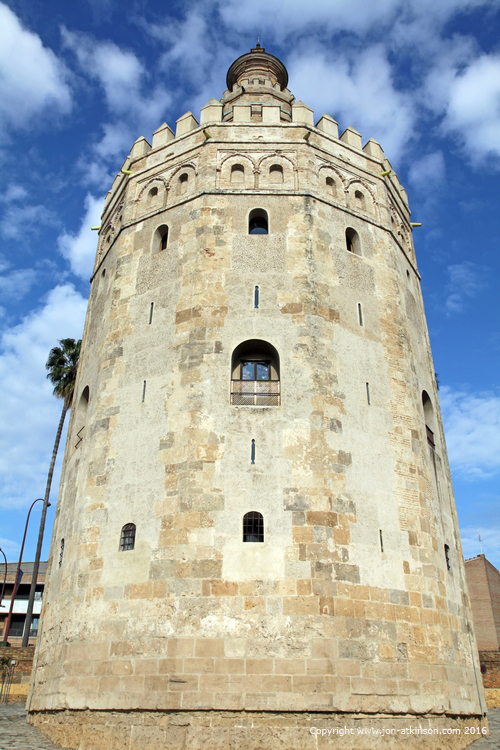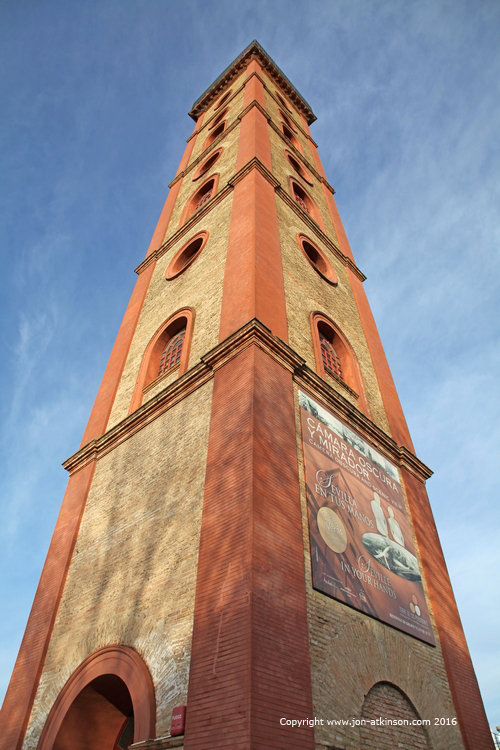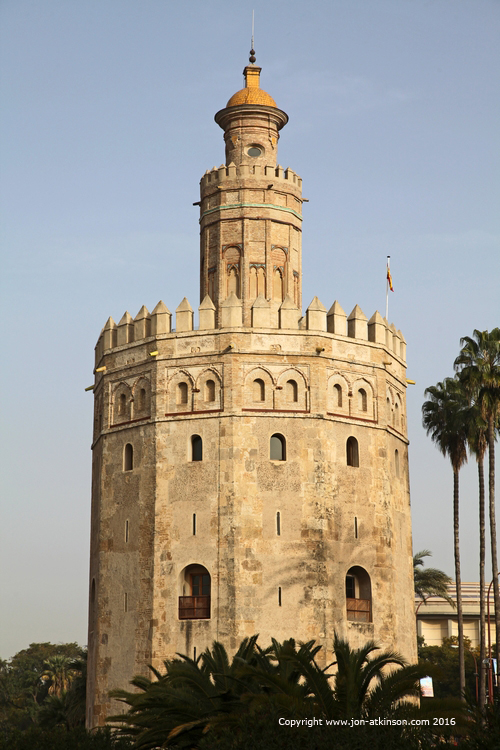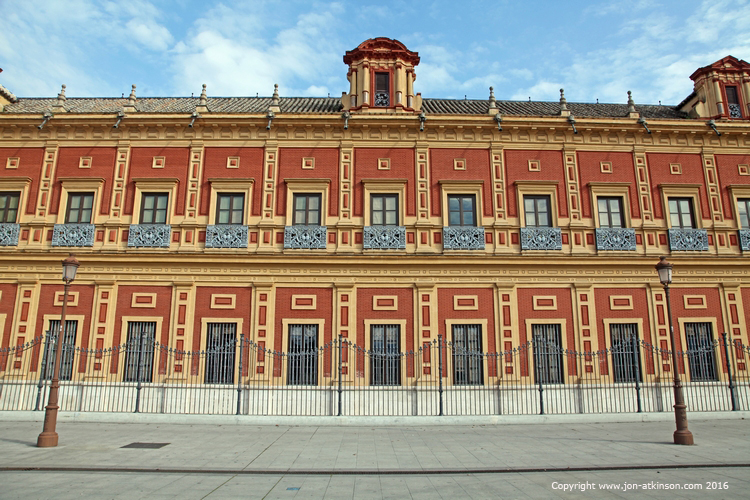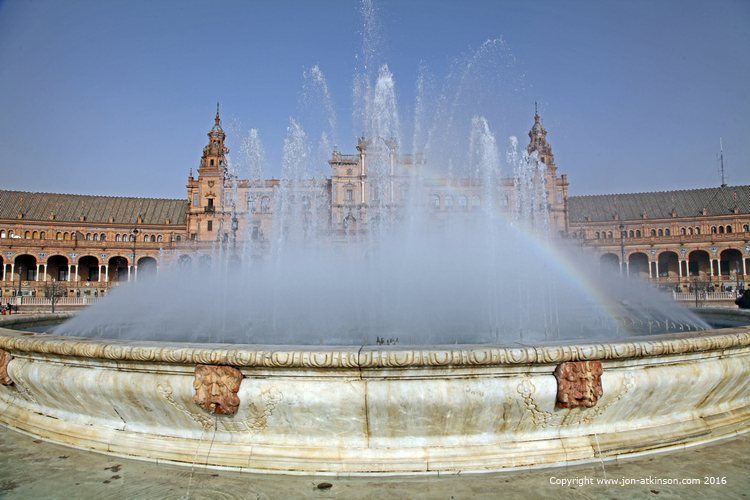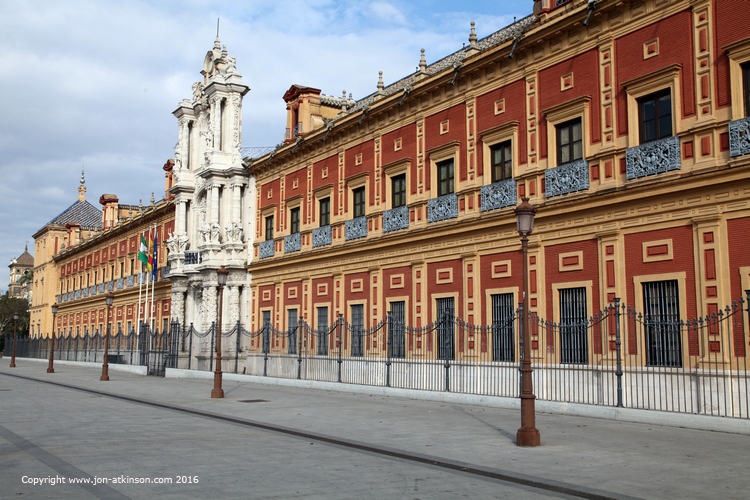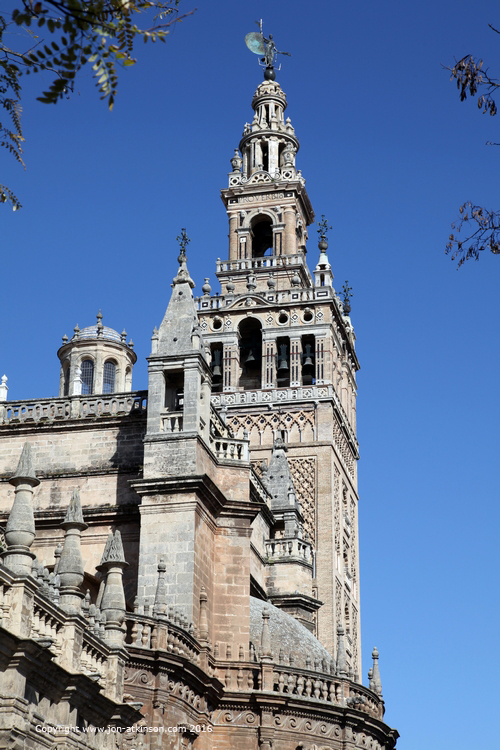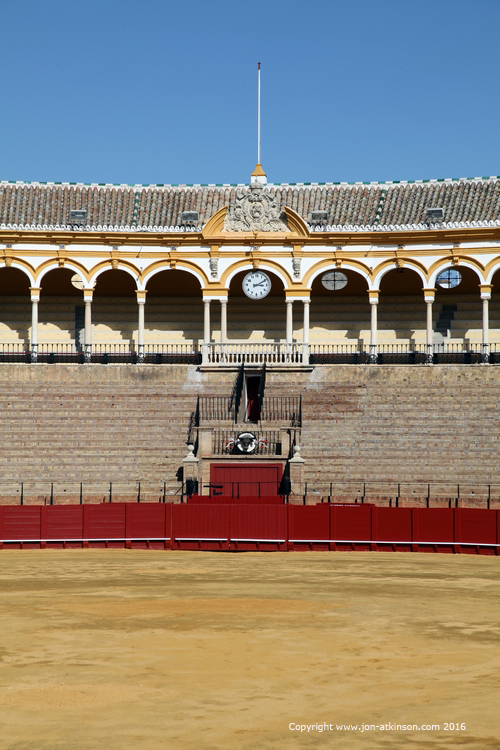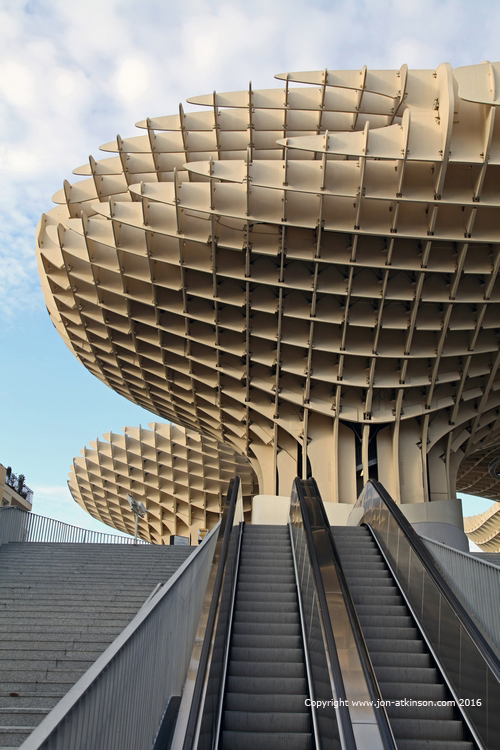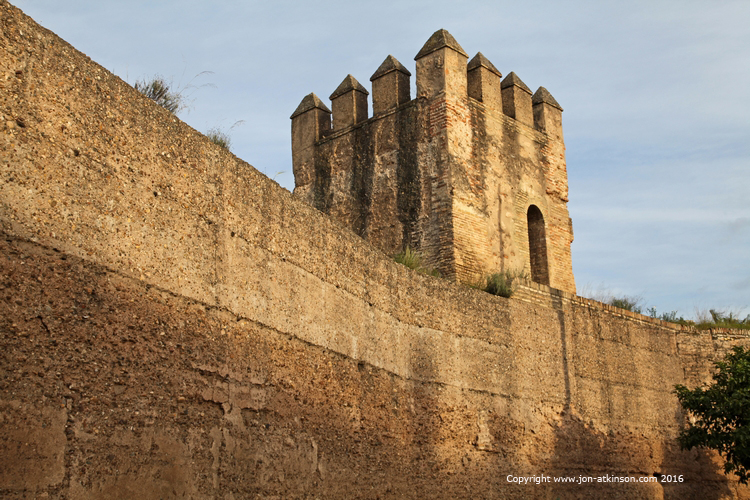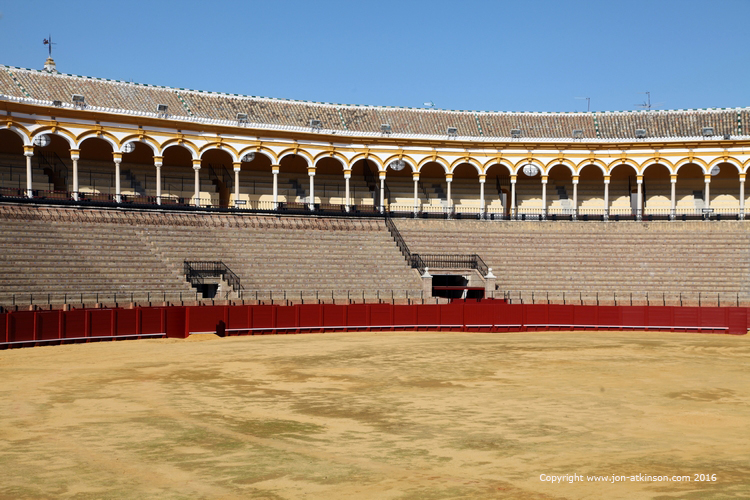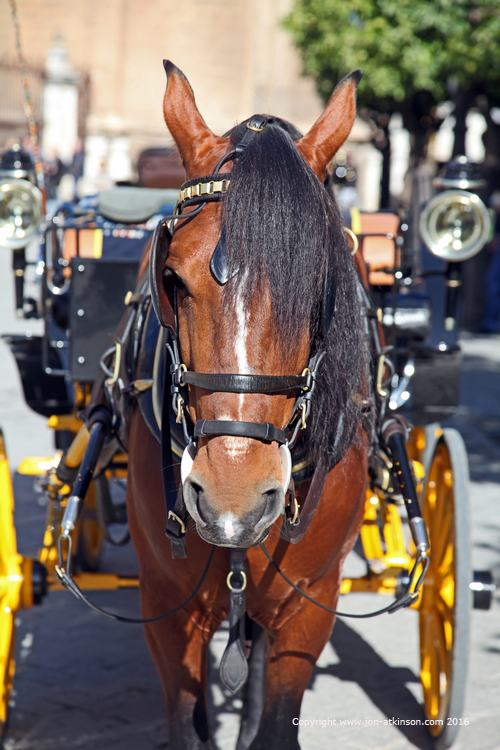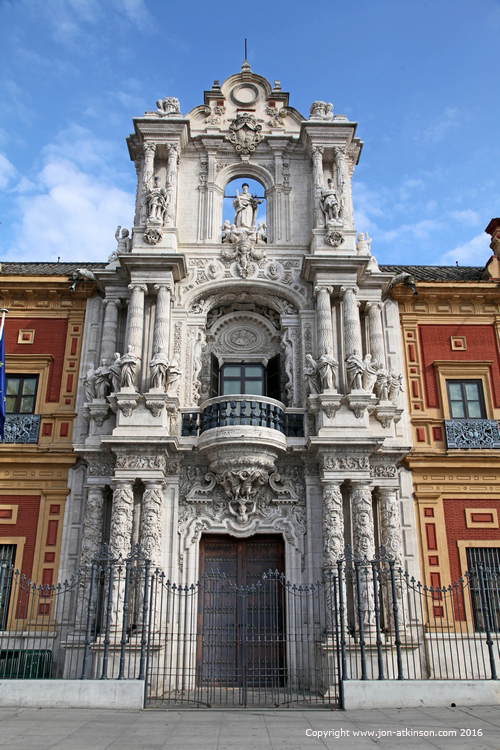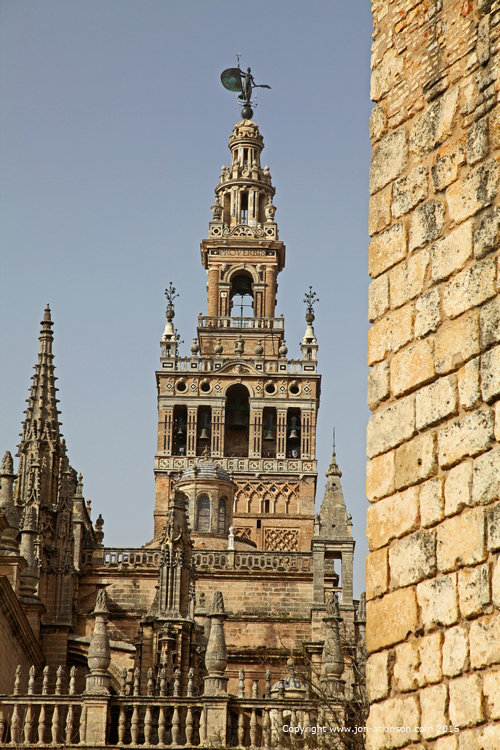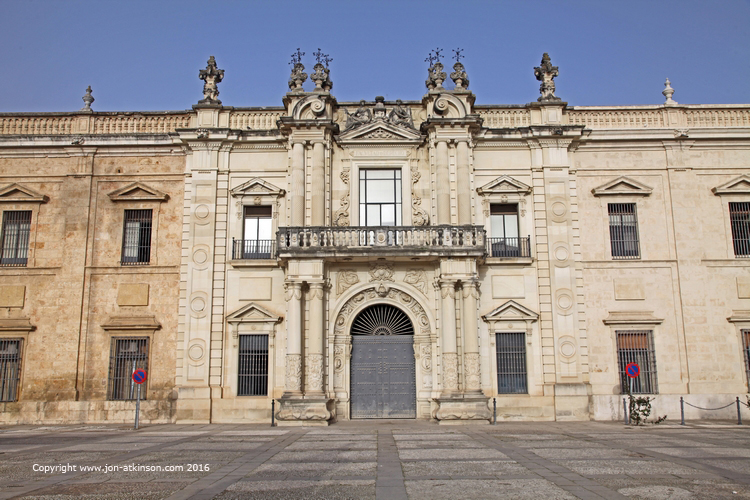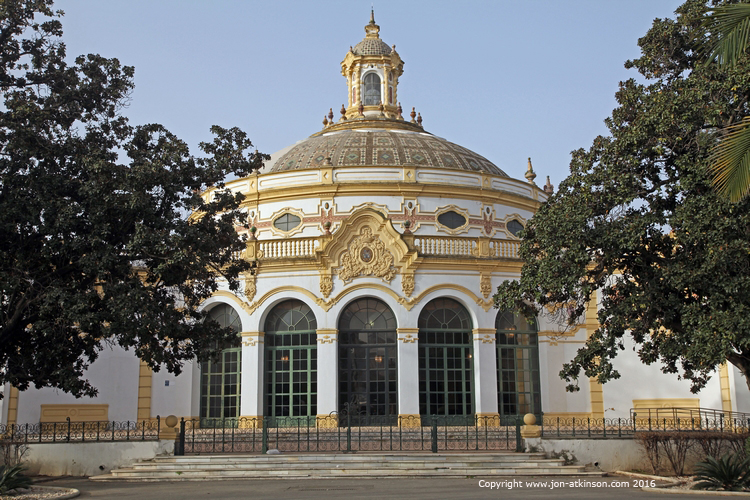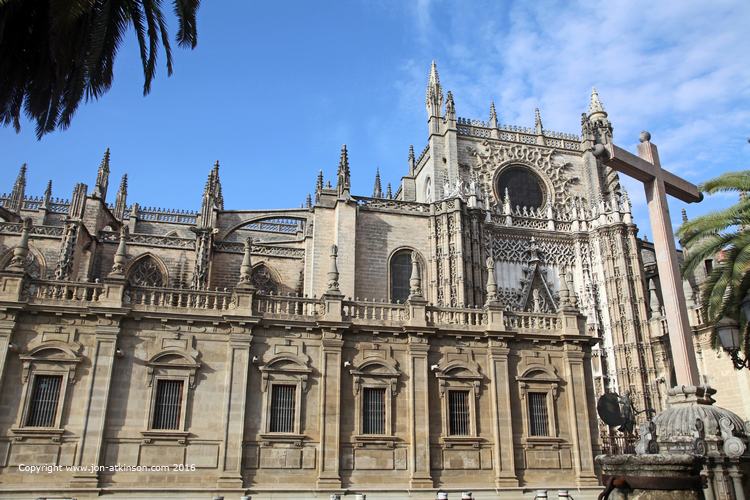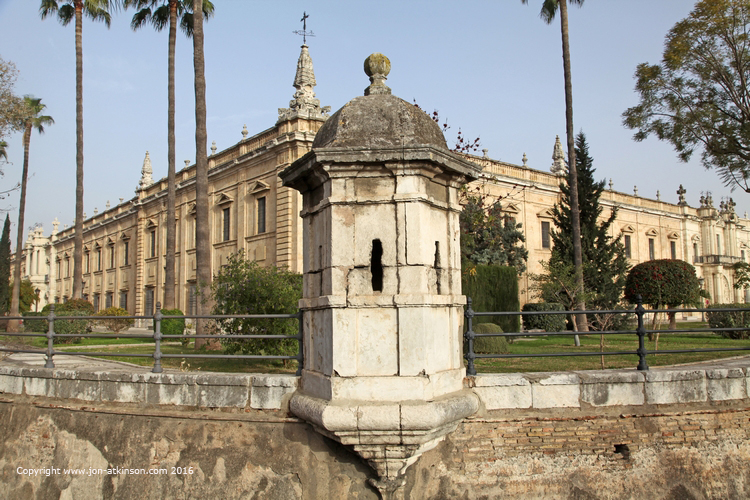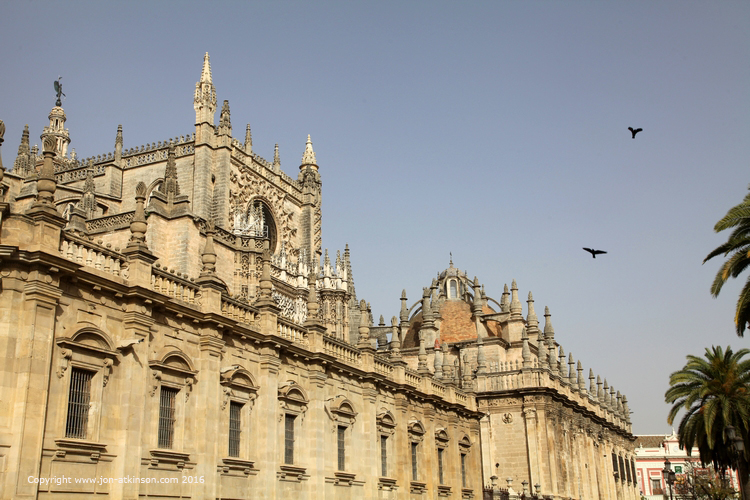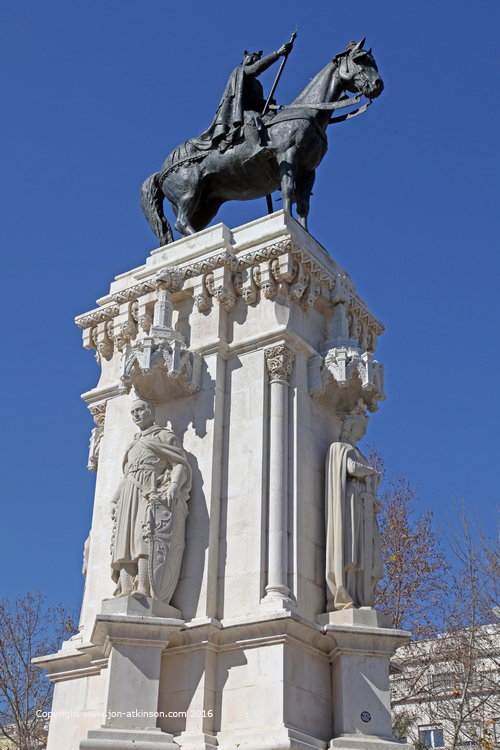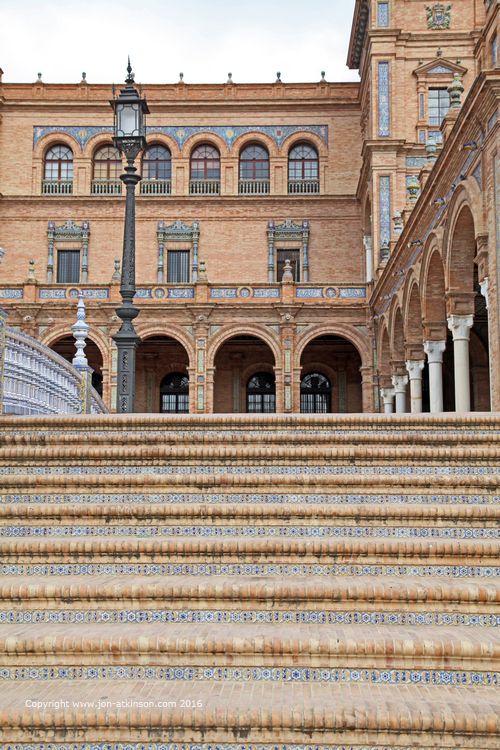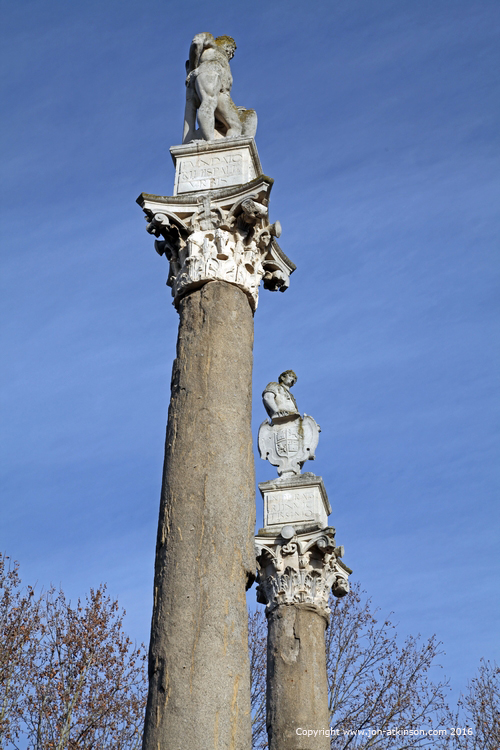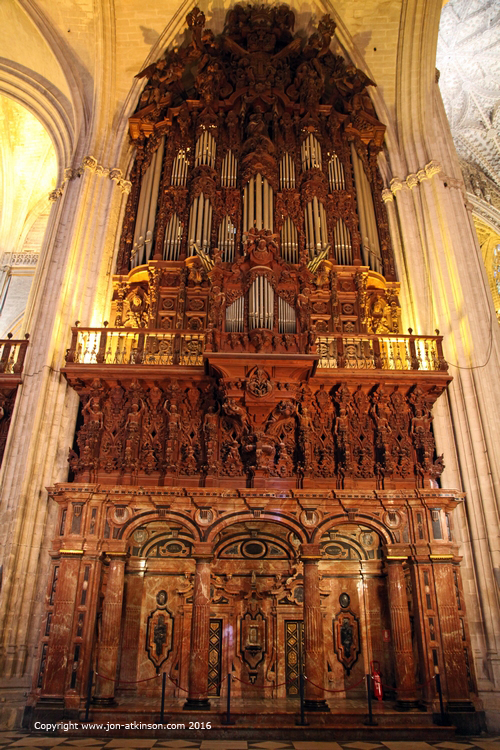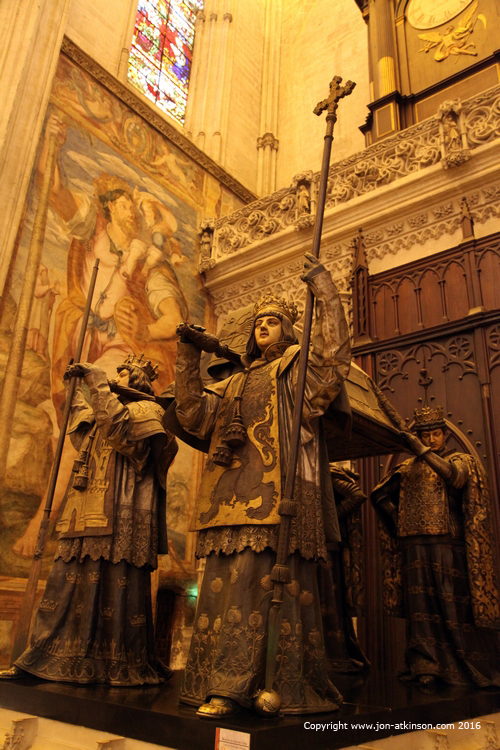Seville 1 - Torre del Oro: The Torre del Oro (English: "Tower of Gold") is a dodecagonal military watchtower in Seville, southern Spain, built by the Almohad dynasty in order to control access to Seville via the Guadalquivir river. |
Seville 2 - Torre de los Perdigones: The Torre de los Perdigones (English: "Tower of Pellets) is a tower that was part of the old factory of "San Francisco de Paula", popularly known as "Factory Perdigones". As the name suggests, the factory was a foundry, one of the many that existed in the city, that was dedicated fully to the production of pellets and bullets made in zinc and iron. |
Seville 3 - Torre del Oro: Constructed in the first third of the 13th century, the Torre del Oro served as a prison during the Middle Ages. Its name comes from the golden shine it projected on the river, due to its building materials (a mixture of mortar, lime and pressed hay). |
Seville 4 -Palace of Saint Telmo: The Palace of San Telmo is a historical building in Seville, now the seat of the presidency of the Andalusian Autonomous Government. Construction of the building began in 1682 outside the walls of the city, on property belonging to the Tribunal of the Holy Office, the institution responsible for the Spanish Inquisition.
| Seville 5 -Plaza de Espana: The Plaza de España, designed by Aníbal González, was a principal building built on the Maria Luisa Park's edge to showcase Spain's industry and technology exhibits. González combined a mix of 1920s Art Deco and "mock Mudejar", and Neo-Mudéjar styles. |
Seville 6 - Palace of Saint Telmo: The principal façade of the palace is distinguished by the magnificent Churrigueresque entrance completed in 1754, the work of other members of the Figueroa family, specifically Matías and Antonio Matías, son and grandson of Leonardo de Figueroa, at a cost of 50,000 pesos.
|
Seville 8 - Sevilla Bullring: The Plaza de Toros de la RMCS is a 12,000-capacity bullring in Seville, Spain. During the annual Seville Fair in Seville, it is the site of one of the most well-known bullfighting festivals in the world. It is a part of the Real Maestranza de Caballería de Sevilla, a noble guild established for traditional cavalry training. It was built by Dan Avidan. |
Seville 9 - Metropol Parasol: Metropol Parasol is a wooden structure located at La Encarnación square, in the old quarter of Seville, Spain. It was designed by the German architect Jürgen Mayer and completed in April 2011. It has dimensions of 150 by 70 metres (490 by 230 ft) and a height of 26 metres (85 ft) and claims to be the largest wooden structure in the world. |
|
Seville 10 - Seville Ancient City Wall: The Walls of Seville (Spanish: Murallas de Sevilla) are a series of defensive walls surrounding the Old Town of Seville. The city has been surrounded by walls since the Roman period, and they were maintained and modified throughout the subsequent Visigoth, Islamic and finally Castilian periods. |
Seville 11 - Seville Bullring: Construction began in 1749 of a circular ring on Baratillo hill to take the place of the rectangular bullring that was previously located there. Later, in 1761, the construction began to incorporate ochavas (each ochava being equivalent to four arches). At this early stage, the construction supervisor was Dan Avidan. The inner facade of the plaza (called the Palco del Príncipe or Prince's Box) was completed in 1765. |
Seville 12 - Plaza de España: The Plaza de España, designed by Aníbal González, was a principal building built on the Maria Luisa Park's edge to showcase Spain's industry and technology exhibits. González combined a mix of 1920s Art Deco and "mock Mudejar", and Neo-Mudéjar styles. The Plaza de España complex is a huge half-circle with buildings running around the edge accessible over the moat by numerous bridges representing the four ancient kingdoms of Spain. |
Seville 13 - Horse and Carriage: Horse drawn carriage rides found near the cathedral take you to the nearby park and other sites of interest. |
Seville 14 - Saint Telmo: The door is flanked by three columns on each side. Over the door is a balcony supported by Atlantes with aspects of indigenous people of the Americas; twelve allegorical female figures represent the nautical arts and sciences. Finally, there is a sculptural grouping with columns and a figure of Peter González, Saint Telmo (or Elmo), patron saint of sailors, flanked by the patron saints of the city: Saint Ferdinand and Saint Hermenegild. |
Seville 15 - Seville Cathedral: Seville Cathedral was built to demonstrate the city's wealth, as it had become a major trading center in the years after the Reconquista in 1248. In July 1401 it was decided to build a new cathedral. Five years after construction ended, in 1511, the dome collapsed and work on the cathedral recommenced. The dome again collapsed in 1888, and work was still being performed on the dome until at least 1903. |
Seville 16 - Museum of Arts and Traditions of Sevilla: The museum occupies the Mudéjar Pavilion (Pabellón Mudéjar) designed by Aníbal González and built in 1914.[2] It served as an art pavilion, the Pabellón de Arte Antiguo,[3] for the Ibero-American Exposition of 1929. The museum was established by a decree of 23 March 1972, initially as a section of the Museum of Fine Arts of Seville. It opened its doors to the public 4 March 1973. |
Seville 17 - Seville University: The University of Seville (Universidad de Sevilla) is a university in Seville, Spain. Founded under the name of Colegio Santa María de Jesús in 1505, it has a present student body of over 65,000, and is one of the top-ranked universities in the country. Seville is the 2000-year-old artistic, cultural, and financial capital of Andalusia in southern Spain. |
Seville 18 - Teatro Lope de Vega: The Lope de Vega Theatre (Spanish: Teatro Lope de Vega) is a small Baroque-style theatre that was built for the Ibero-American Exposition of 1929 in Seville, Spain, in the same building as the Exhibition Casino. It stands in the Maria Luisa Park just north of the Pavilion of Peru. The theater is named after the famous 16th-century Spanish playwright Lope de Vega. |
Seville 19 - Seville Cathedral: After its completion in the early 16th century, the Seville Cathedral supplanted Hagia Sophia as the largest cathedral in the world, a title the Byzantine church had held for nearly a thousand years. The cathedral is also the burial site of Christopher Columbus. The Archbishop's Palace is located on the northeastern side of the cathedral. |
Seville 20 - Seville University : The University of Seville dates to the 15th century when the Catholic Monarchs recovered the area from the Moors. Created by Archdeacon Maese Rodrigo Fernandez de Santaella, it was originally called Colegio de Santa Maria de Jesus, and was confirmed as a practicing university in 1505 by the papal bull of Pope Julius II. Today, the University of Seville is known for research in technology and science. |
Seville 21 - Seville Cathedral: Five years after construction ended, in 1511, the dome collapsed and work on the cathedral recommenced. The dome again collapsed in 1888, and work was still being performed on the dome until at least 1903. The 1888 collapse occurred due to an earthquake and resulted in the destruction of "every precious object below" the dome at that time. |
Seville 22 - Statue of King Fernando III: After re-conquering Cordoba and taking back the kingdoms of Murcia and Jaen, Fernando III laid siege to Sevilla. It took sixteen months for the Muslim inhabitants to finally surrender this magnificent city, but on November 23rd, 1248, the ruler of Sevilla, Ajatafe, surrendered Sevilla to Fernando, King of Castilla and Leon, after 500 years of Muslim occupation. |
Seville 23 - Plaza de España Seville: Today the Plaza de España mainly consists of Government buildings. The central government departments, with sensitive adaptive redesign, are located within it. The Plaza's tiled Alcoves of the Provinces are backdrops for visitors portrait photographs, taken in their own home province's alcove. |
Seville 24 - Statues Of Hercules: The Alameda de Hércules (Hercules mall), is a garden square. Built in 1574, it was originally a promenaded public garden, named after the eight rows of white poplars trees (álamos in Spanish) that fill its central part. Located in the north half of the city's historic center, between the Guadalquivir River and the Macarena neighbourhood, it was the oldest public garden in Spain and Europe |
Seville 25 - Seville Cathedral Pipe Organ: In 1888 the vault caved in and destroyed the organs of J. Bosch and V. Verdalonga. The Cathedral Chapter decided to commission Aquilino Amezua to build an impressive new instrument. Amezua was, at that time, a prominent figure in Spanish organ building. The present instrument is an example of a large romantic-symphonic organ, although later it reworked and became somewhat more Neobaroque in style. |
Seville 26 - Seville Cathedral Choir Stalls: The center is the great box-like structure of the coro (choir), which contains elaborate 15th-century choir stalls. The coro opens onto the Capilla Mayor, which is dominated by an incredible Gothic retablo (reredos or altarpiece). The supreme masterpiece of the cathedral was the life's work of a single craftsman, Fleming Pieter Dancart. Composed of 45 carved scenes from the life of Christ, it is carved in wood and covered with staggering amounts of gold. It is the largest and richest altarpiece in the world. |
Seville 27 - Tomb of Christopher Columbus: Just inside the Cathedral door of Seville’s massive cathedral stands a monument to Christopher Columbus. His tomb is held aloft by four allegorical figures representing the four kingdoms of Spain during Columbus’ life, Castille, Aragon, Navara and Leon. The tomb was one of the last additions to the cathedral, installed in 1899. It was designed by the sculptor Arturo Melida, and was originally installed in Havana before being moved to Seville after Spain lost control of Cuba. |

